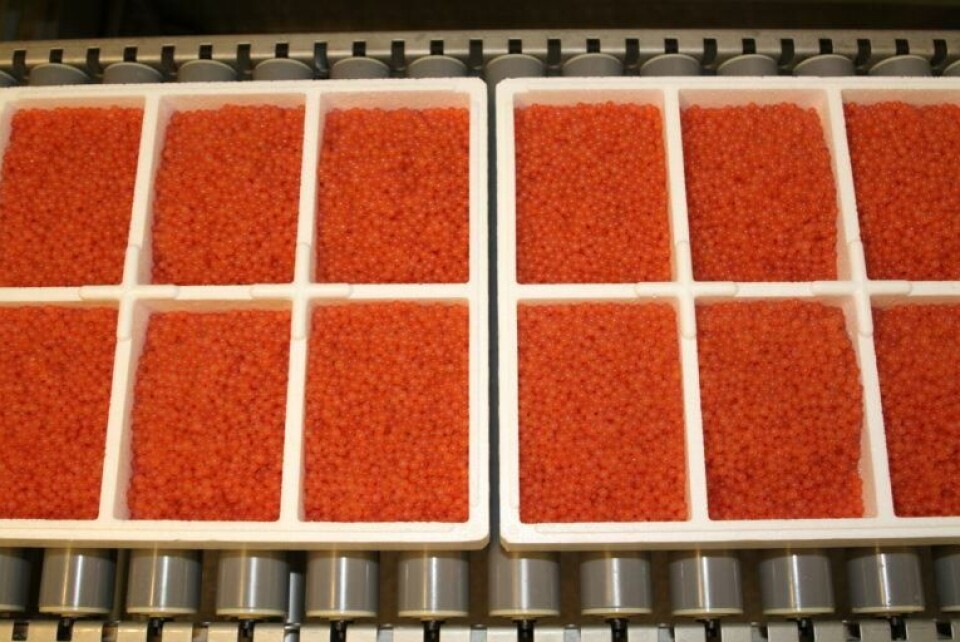
Access to year-round egg supply
Pioneering egg production techniques developed in Chile are now being used by Aquagen to make salmon eggs available throughout the year for the Norwegian salmon sector too.
Broodstock produced in seawater produce eggs for shipping from October to July, while land-based production – using the company’s experience gained from their broodstock facility Comau in Chile since 2008 – yields eggs for delivery during from July to October.
Cermaq Norway’s Forsan freshwater site was the recipient of the first batch produced from Aquagen’s land-based broodstock – receiving two deliveries of 2.35 million eggs last week.
“Getting Aquagen eggs in the period July-August 2016, means that we can transfer 100 gram smolts to sea in April 2017. With these off-season eggs we can have three egg intakes per year instead of two and the facility is much better utilized,” says Cermaq Norway’s hatchery manager, Marit Holmvåg Hansen.
In addition to the company’s knowledge gained in Chile, an internal R&D project has developed a novel use of ultrasound technology that ensures broodstock stripping at an optimal point in relation to egg quality – traditionally a major challenge for land-based broodstock production.
Land-based production, combined with good water treatment and hygienic operating procedures, provides the basis for reduced exposure to waterborne infection compared with traditional open systems. Although there is mixed experience with the practical effect of this from Chile, Canada and Iceland, land-based broodstock production does make it easier to control and eliminate specific pathogenic organisms from the water.
“We look forward to following up these fish and are excited to see whether we will have an effect of producing a salmon from ‘specific pathogen-free’ broodstock,” says Cermaq’s fish health manager, Karl Fredrik Ottem.
Genetics and traceability are the same as the customer currently gets from AquaGen’s sea-based broodstock production. For each new generation of broodstock now continually being produced on land, parents come from the breeding nucleus that has been reared in sea.























































